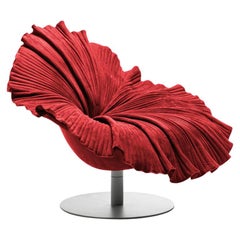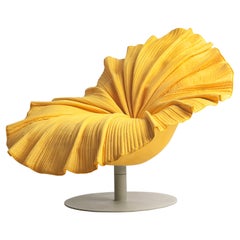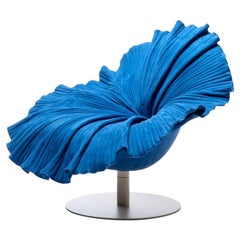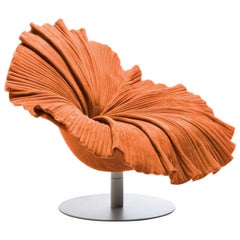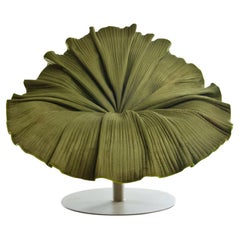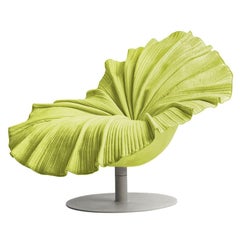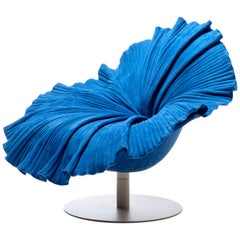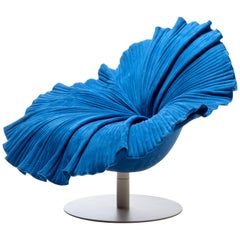Bloom By Kenneth Cobonpue
2010s Philippine Modern Armchairs
Steel
2010s Philippine Modern Armchairs
Steel
2010s Philippine Modern Armchairs
Steel
2010s Philippine Modern Armchairs
Steel
2010s Philippine Modern Armchairs
Steel
2010s Philippine Modern Armchairs
Steel
2010s Philippine Modern Armchairs
Steel
2010s Philippine Modern Armchairs
Steel
21st Century and Contemporary Philippine Modern Lounge Chairs
Aluminum
Recent Sales
2010s Philippine Modern Lounge Chairs
People Also Browsed
2010s Spanish Post-Modern Table Lamps
Alabaster, Brass
2010s American Art Deco Dining Room Tables
Metal
Late 20th Century Italian Mid-Century Modern Chandeliers and Pendants
Art Glass, Murano Glass
Early 2000s Italian Mid-Century Modern Wall Lights and Sconces
Brass
2010s South African Brutalist Side Tables
Copper, Steel
21st Century and Contemporary Italian Mid-Century Modern Table Lamps
Brass
2010s American Other Benches
Fabric, Rope, Lambskin, Mohair, Acrylic, Lucite
2010s Brazilian Modern Armchairs
Leather, Upholstery, Wood
21st Century and Contemporary Italian Modern Lounge Chairs
Brass
2010s Italian Art Deco Ottomans and Poufs
Textile, Beech
2010s Mexican Modern Credenzas
Upholstery, Hardwood
2010s Dutch Modern Side Tables
Travertine
21st Century and Contemporary Philippine Art Deco Abstract Sculptures
Brass
21st Century and Contemporary Portuguese Armchairs
Marble
2010s Oceanic Organic Modern Ottomans and Poufs
Fabric, Foam, Jacquard
2010s Italian Classical Roman Coffee and Cocktail Tables
Concrete, Cement
Bloom By Kenneth Cobonpue For Sale on 1stDibs
How Much is a Bloom By Kenneth Cobonpue?
Kenneth Cobonpue for sale on 1stDibs
Kenneth Cobonpue is a multi-award winning furniture designer and manufacturer from Cebu, Philippines. His passage to design began in 1987 while studying industrial design at Pratt Institute in New York.
While completing his studies, Cobonpue apprenticed for a leather and wood workshop near Florence, Italy. He went on to study furniture marketing and production at the Export-Akademie Baden-Württemberg in Reutlingen, Germany, under a private and state scholarship program, and subsequently worked in Bielefeld and Munich.
Cobonpue returned home to Cebu in 1996 to manage Interior Crafts of the Islands, Inc., a furniture design and manufacturing company founded by his mother, Betty Cobonpue, in 1972. Discovering that modern design could have a new face using natural fibers and materials, Cobonpue created pieces of functional art, offering an alternative to the Western definition of modern design. Today, the KENNETHCOBONPUE brand has become known globally for its unique designs and extensive roster of clientele, which includes Hollywood celebrities and royalty.
With his masterful way of integrating nature, traditional craft and innovative technologies in his work, designer and creative director Cobonpue has earned international awards and recognition for his creative, organic and expressive pieces. Working closely with some of the world’s leading designers — from household names to emerging talents — Cobonpue has been pushing the envelope for design in the Philippines and sharing his vision with a global audience.
Awards to Cobonpue’s credit include five Japan Good Design Awards, the grand prize at the Singapore International Design Competition, the DFA Design for Asia Award from the Hong Kong Design Centre, the American Society of Interior Design Top Pick selection and the French Coup de Coeur award. Several of Cobonpue’s designs were selected for several editions of the International Design Yearbook published in London and New York. Phaidon’s book, & Fork, underscores Cobonpue’s position as a leader of a new movement incorporating new technologies in crafts. In 2007, TIME magazine called him “rattan’s first virtuoso.” Cobonpue was named the Designer of the Year in the first edition of Maison&Objet Asia held in March 2014 in Singapore.
Cobonpue reveals new work each year in the design shows from Milan to New York, and he speaks regularly about Southeast Asian design all over the world. He has also appeared in European television and in countless international magazines and newspapers around the world. Various Cobonpue designs have also appeared in full-length feature films and television, such as Oceans 13 and CSI.
Find a collection of Kenneth Cobonpue furniture today on 1stDibs.
(Biography provided by Galerie Philia)
A Close Look at Modern Furniture
The late 19th and early 20th centuries saw sweeping social change and major scientific advances — both of which contributed to a new aesthetic: modernism. Rejecting the rigidity of Victorian artistic conventions, modernists sought a new means of expression. References to the natural world and ornate classical embellishments gave way to the sleek simplicity of the Machine Age. Architect Philip Johnson characterized the hallmarks of modernism as “machine-like simplicity, smoothness or surface [and] avoidance of ornament.”
Early practitioners of modernist design include the De Stijl (“The Style”) group, founded in the Netherlands in 1917, and the Bauhaus School, founded two years later in Germany.
Followers of both groups produced sleek, spare designs — many of which became icons of daily life in the 20th century. The modernists rejected both natural and historical references and relied primarily on industrial materials such as metal, glass, plywood, and, later, plastics. While Bauhaus principals Marcel Breuer and Ludwig Mies van der Rohe created furniture from mass-produced, chrome-plated steel, American visionaries like Charles and Ray Eames worked in materials as novel as molded plywood and fiberglass. Today, Breuer’s Wassily chair, Mies van der Rohe’s Barcelona chair — crafted with his romantic partner, designer Lilly Reich — and the Eames lounge chair are emblems of progressive design and vintage originals are prized cornerstones of collections.
It’s difficult to overstate the influence that modernism continues to wield over designers and architects — and equally difficult to overstate how revolutionary it was when it first appeared a century ago. But because modernist furniture designs are so simple, they can blend in seamlessly with just about any type of décor. Don’t overlook them.
Finding the Right Lounge-chairs for You
While this specific seating is known to all for its comfort and familiar form, the history of how your favorite antique or vintage lounge chair came to be is slightly more ambiguous.
Although there are rare armchairs dating back as far as the 17th century, some believe that the origins of the first official “lounge chair” are tied to Hungarian modernist designer-architect Marcel Breuer. Sure, Breuer wasn’t exactly reinventing the wheel when he introduced the Wassily lounge chair in 1925, but his seat was indeed revolutionary for its integration of bent tubular steel.
Officially, a lounge chair is simply defined as a “comfortable armchair,” which allows for the shape and material of the furnishings to be extremely diverse. Whether or not chaise longues make the cut for this category is a matter of frequent debate.
The Eames lounge chair, on the other hand, has come to define somewhat of a universal perception of what a lounge chair can be. Introduced in 1956, the Eames lounger (and its partner in cozy, the ottoman) quickly became staples in television shows, prestigious office buildings and sumptuous living rooms. Venerable American mid-century modern designers Charles and Ray Eames intended for it to be the peak of luxury, which they knew meant taking furniture to the next level of style and comfort. Their chair inspired many modern interpretations of the lounge — as well as numerous copies.
On 1stDibs, find a broad range of unique lounge chairs that includes everything from antique Victorian-era seating to vintage mid-century modern lounge chairs by craftspersons such as Hans Wegner to contemporary choices from today’s innovative designers.
